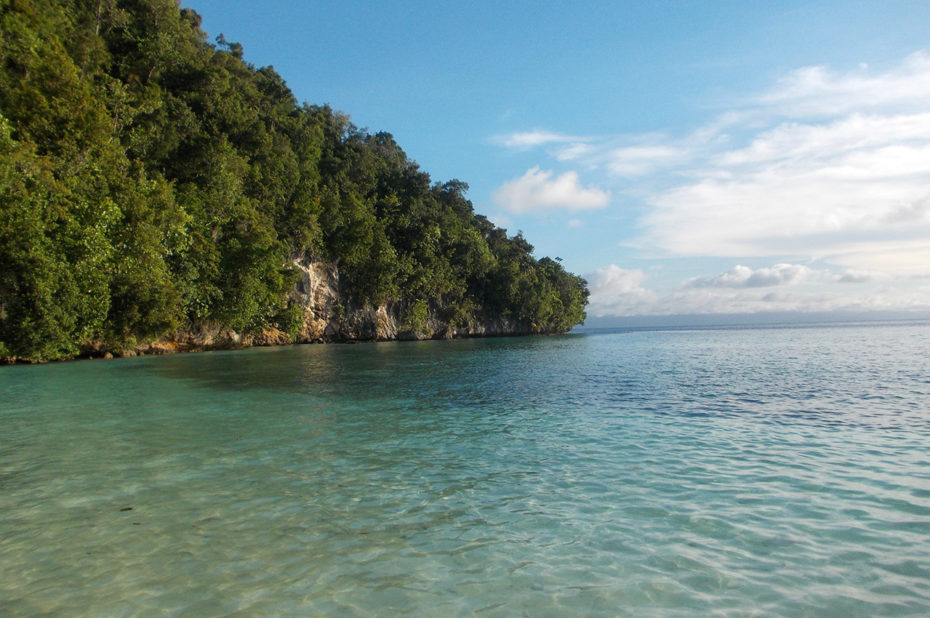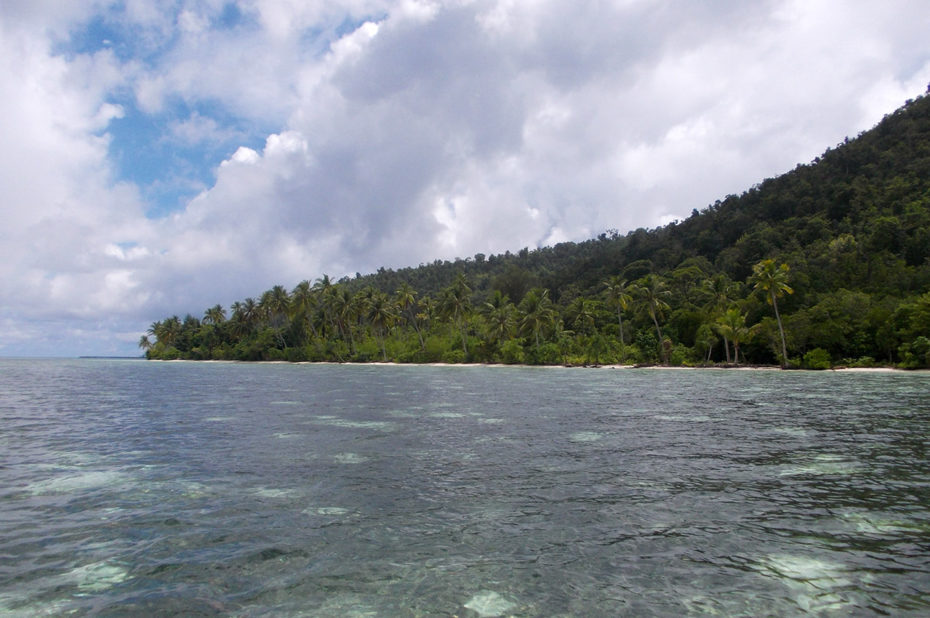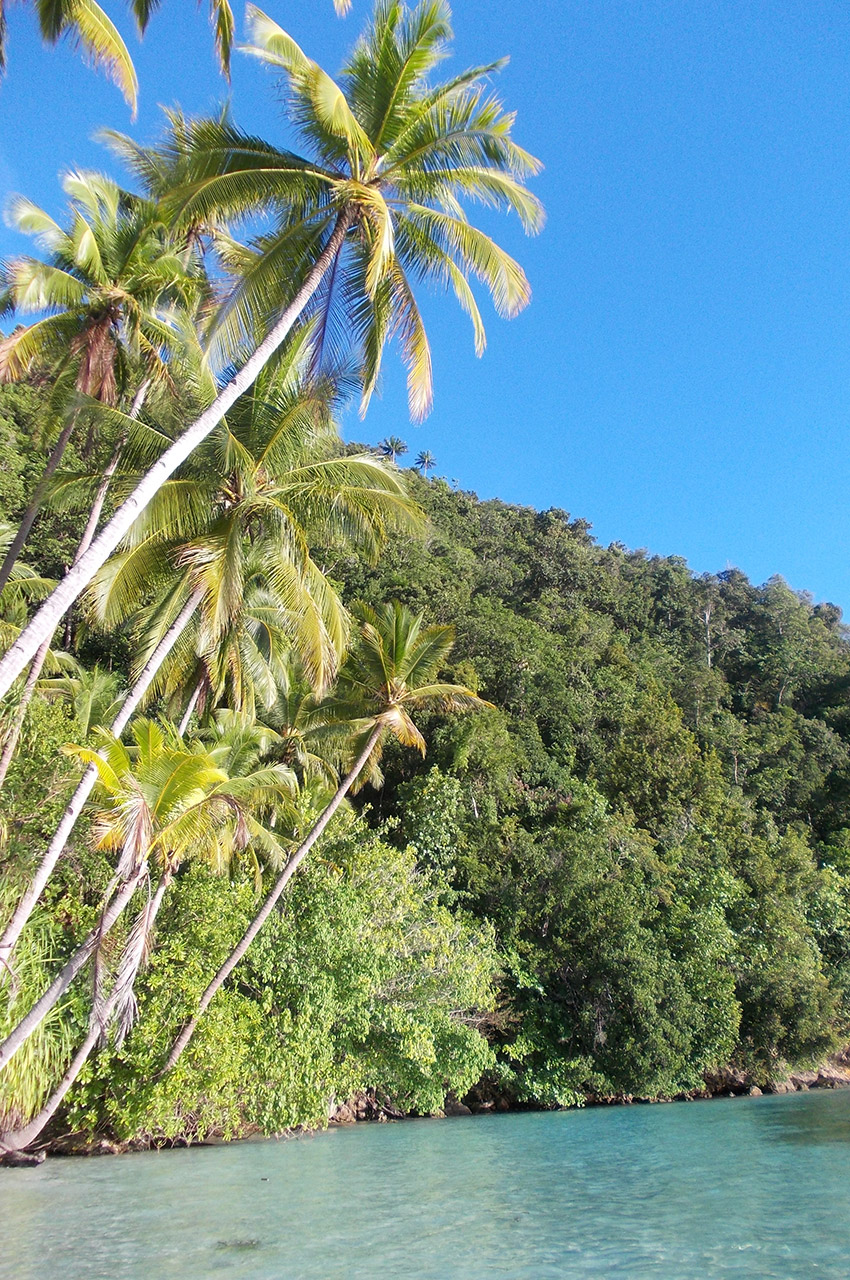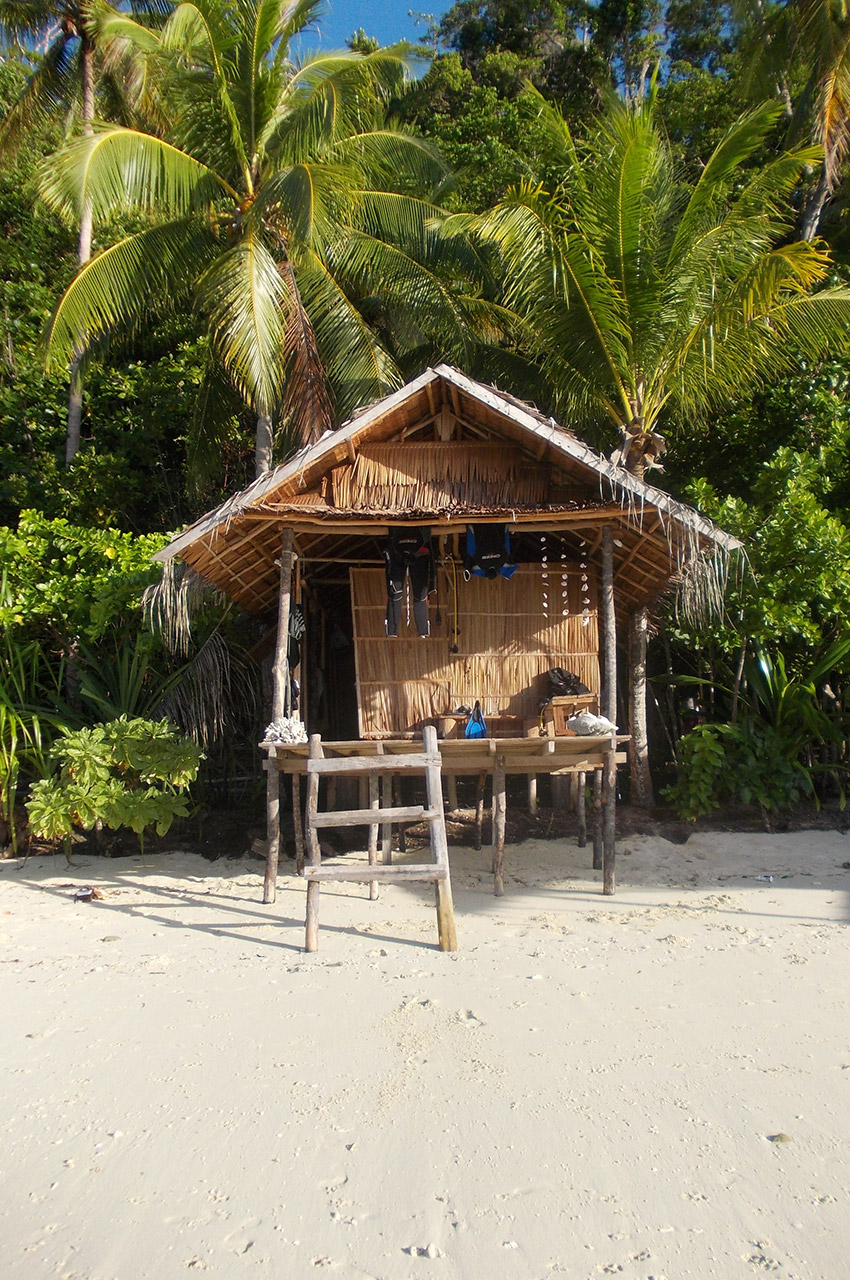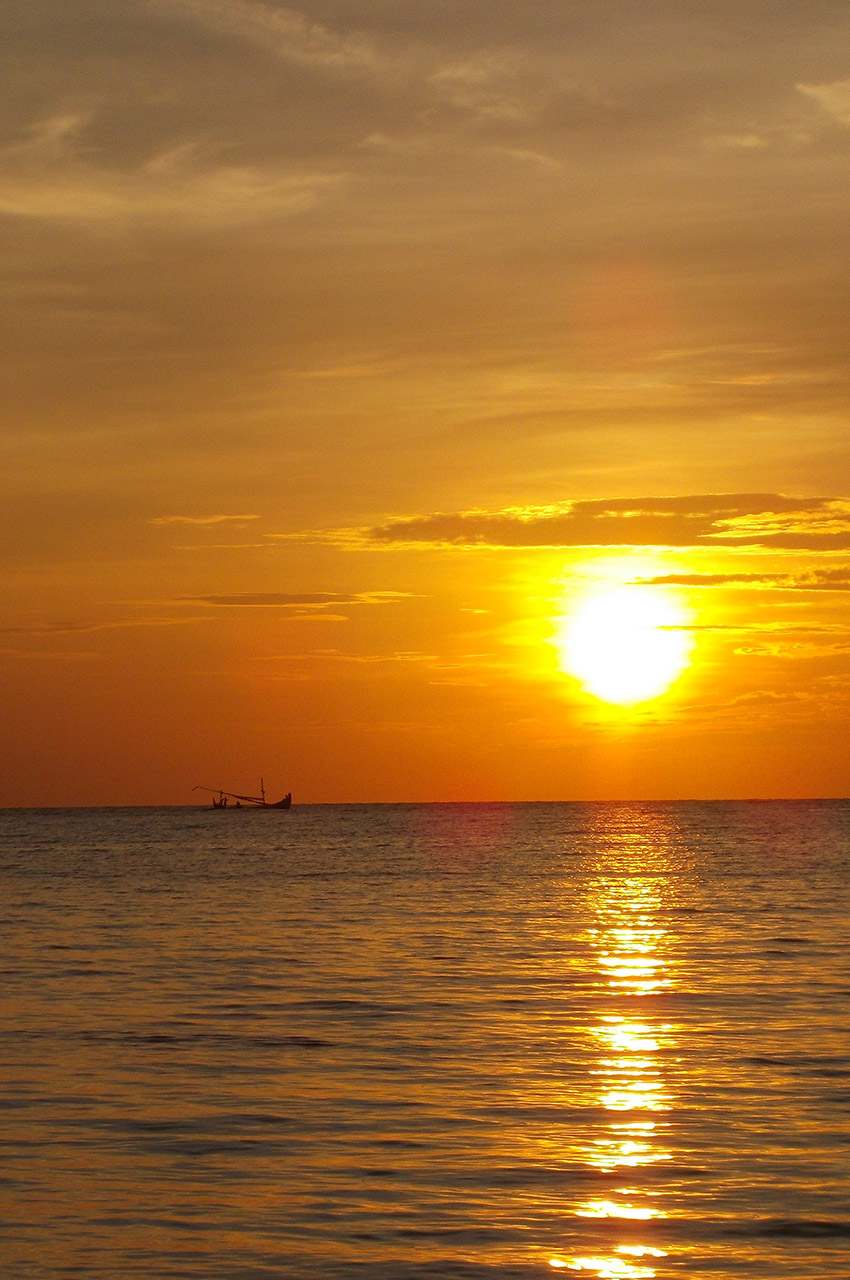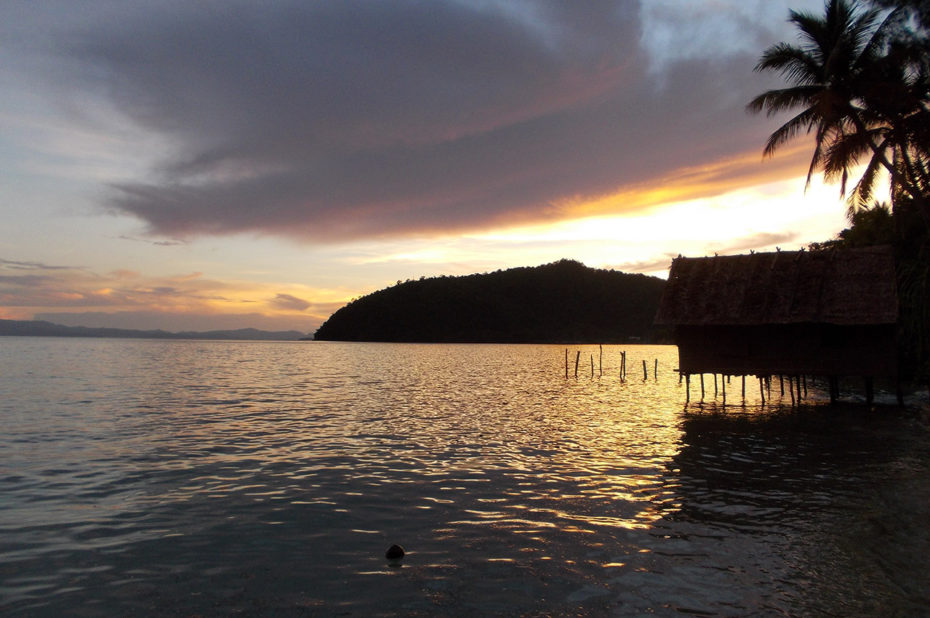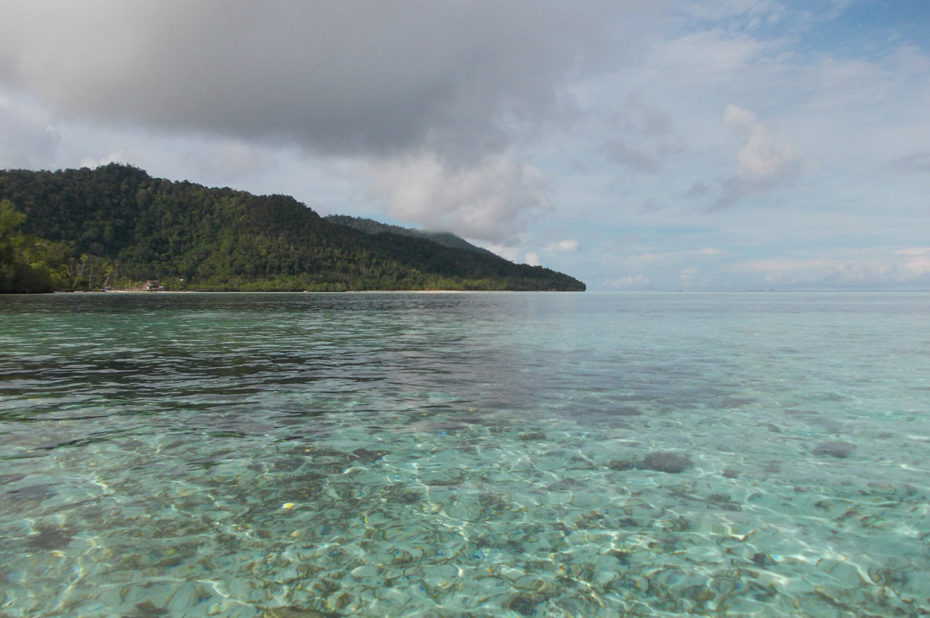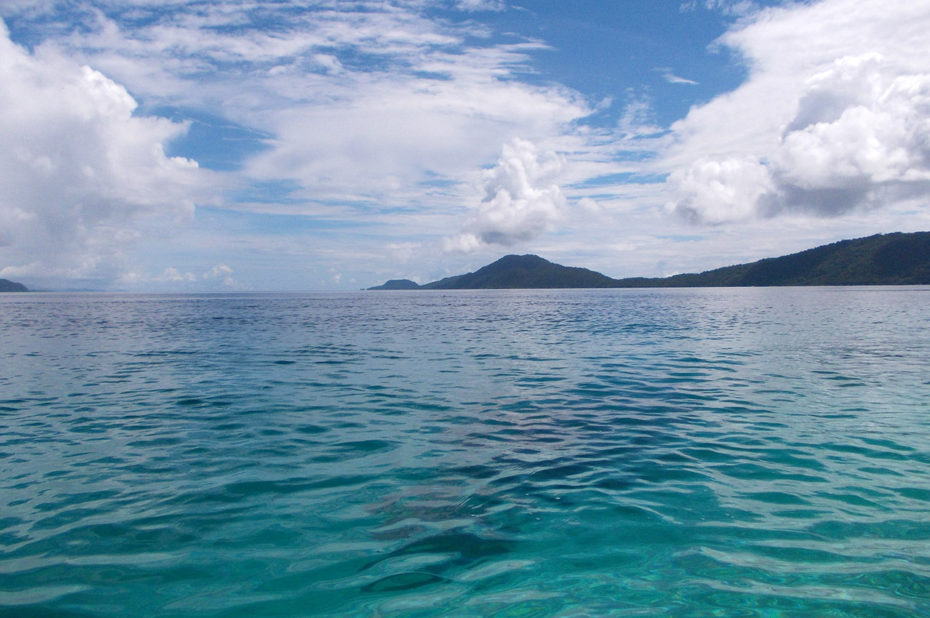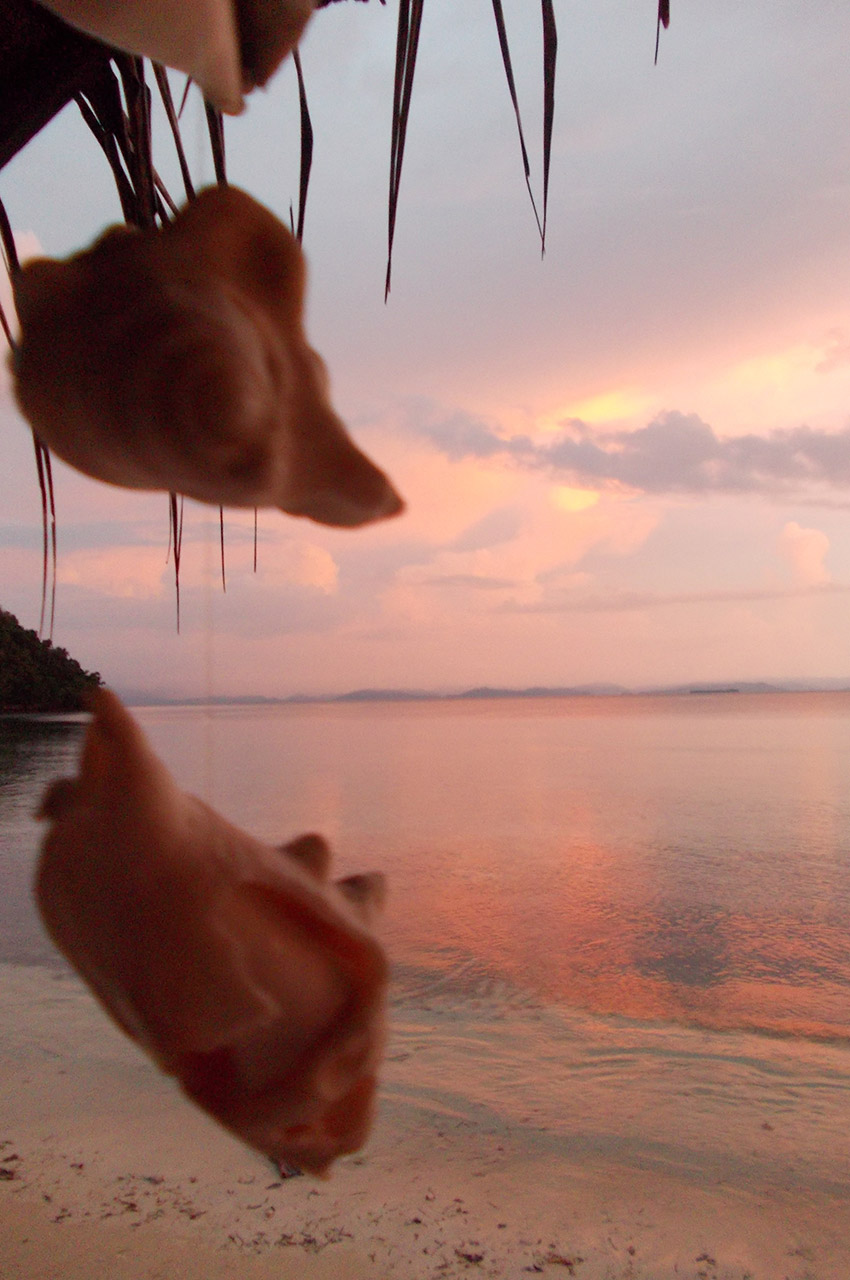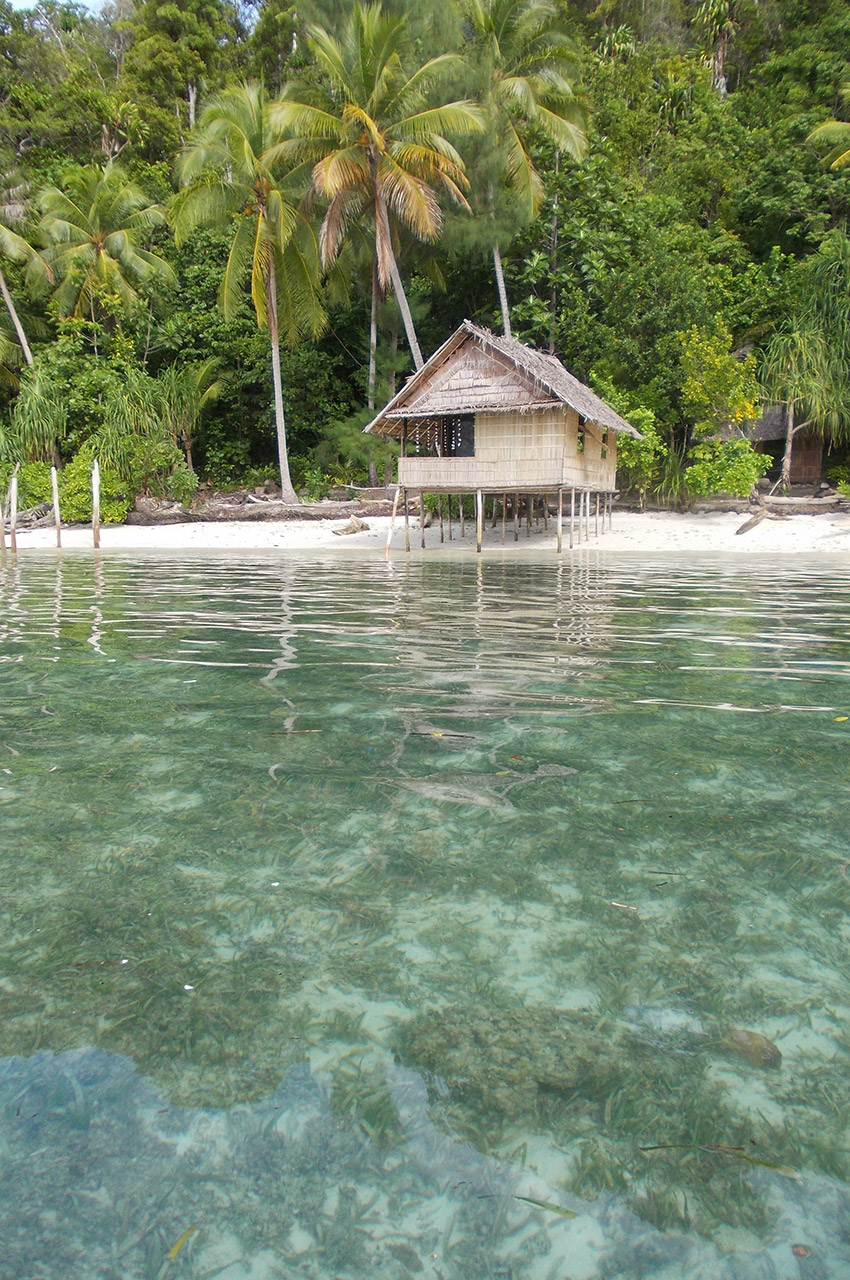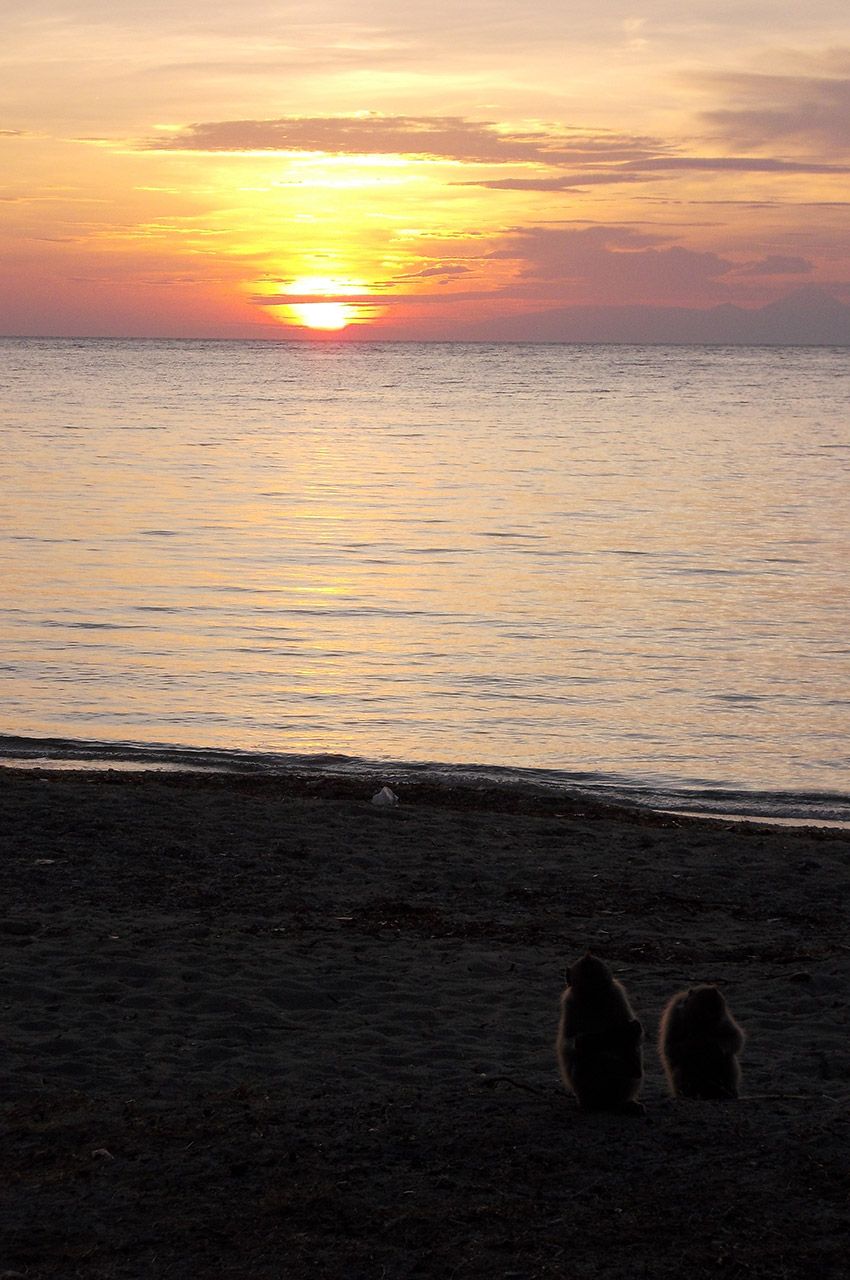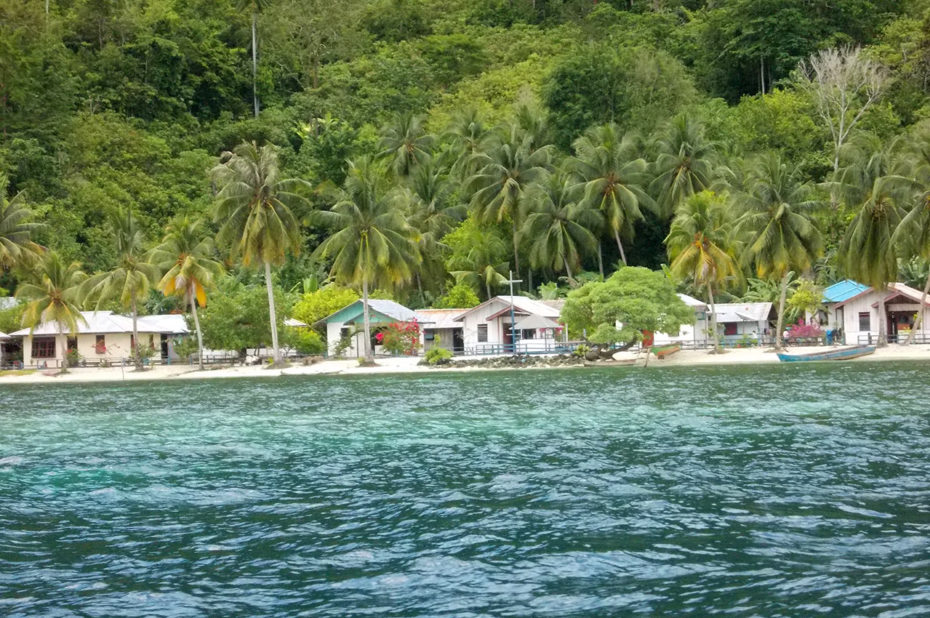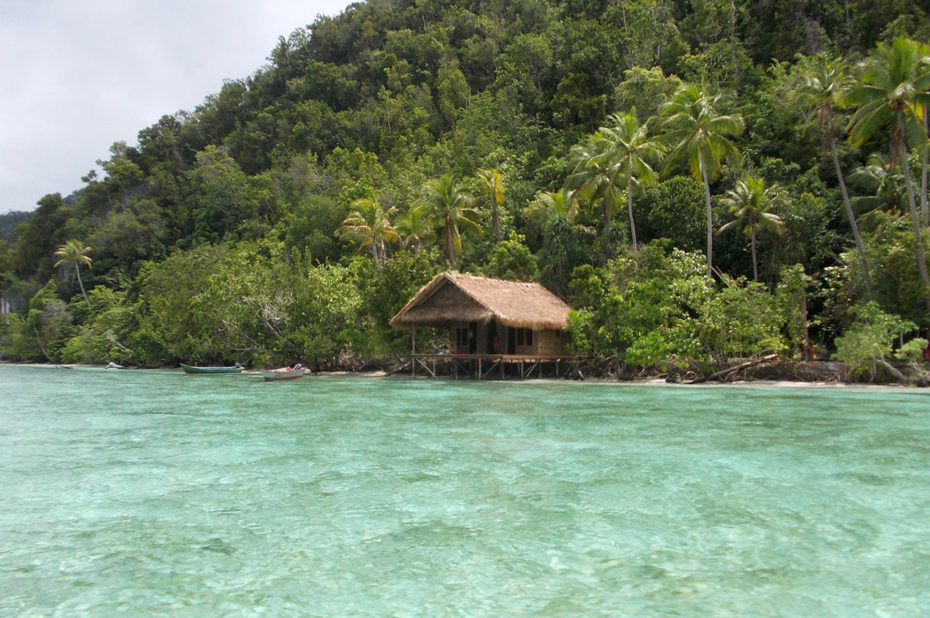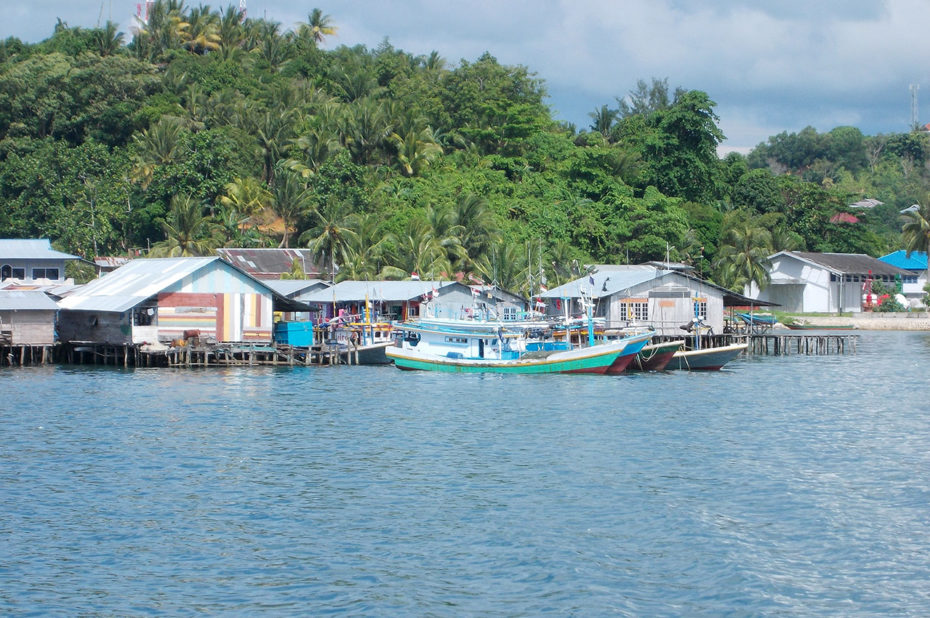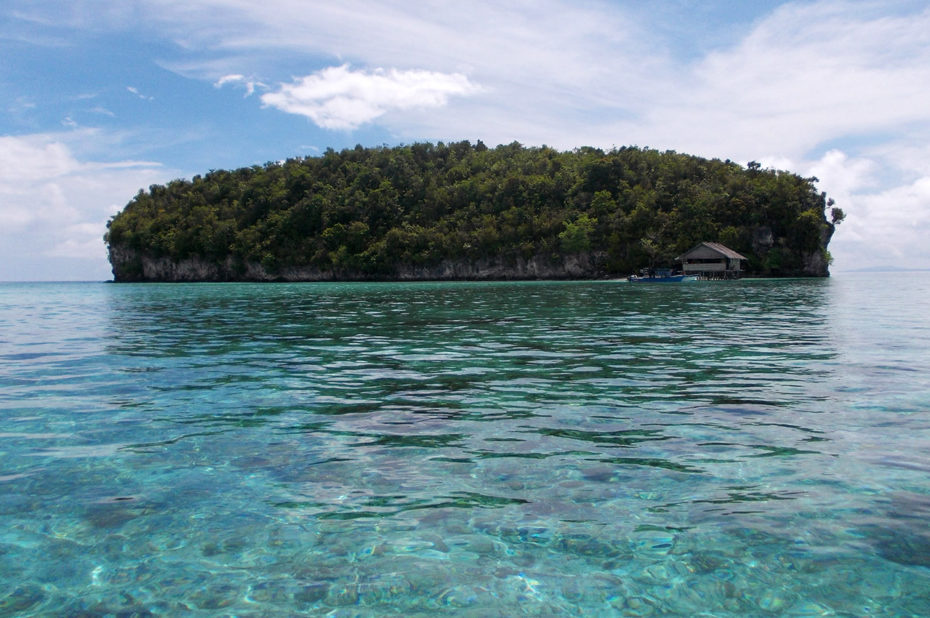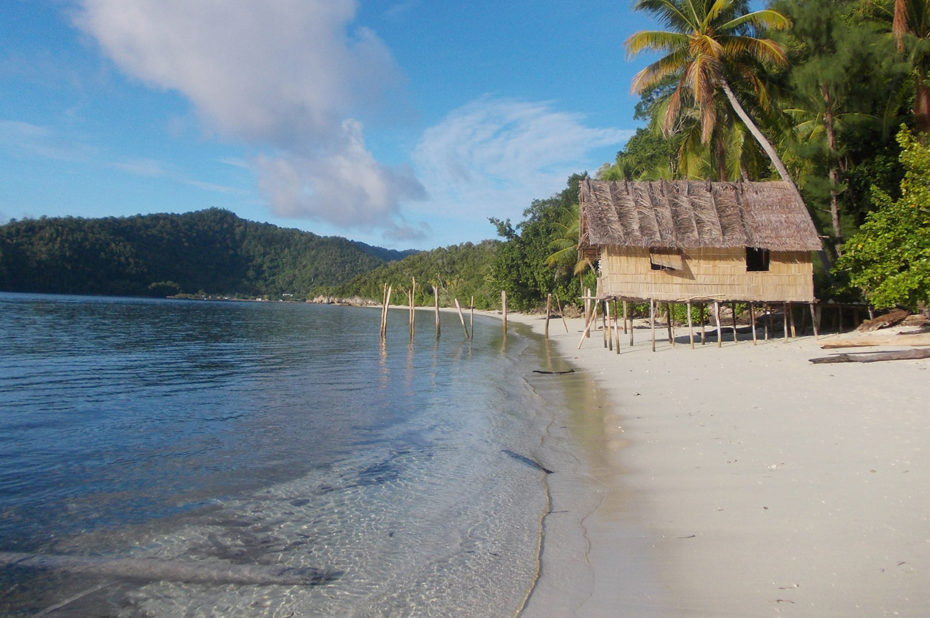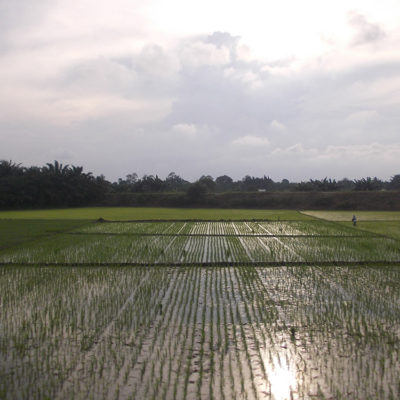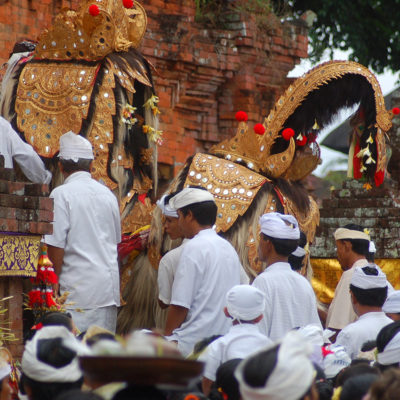
Off the coast of Papua, Raja Ampat is to Indonesia what Halong Bay is to Vietnam, only much larger: 610 islets sprinkled over 4.5 million hectares, 753 km of sandy beaches and probably the greatest marine biodiversity in the world. Located in the “Coral Triangle”, the Raja Ampat islands are renowned for their uniquely rich seabed: 1,400 species of tropical fish, 57 species of shrimp, 13 species of marine mammals, 5 species of protected marine turtles and 600 species of hard coral populate its coastline.
Selected for possible future Unesco World Heritage listing, the site is already suffering from the tourism development sought by the Indonesian government. As the southern islands, such as Bali and Komodo, are saturated with mass tourism, the Ministry of Tourism has decided to play the Raja Ampat card. In addition to the damage caused by tourism development, there is also the damage caused by the large-scale exploitation of natural resources. Oil, gas and forestry exploration have all entered the Raja Ampat dance. The government still categorically refuses to stop mining in the region. Non-governmental organizations, including the WWF, are insisting on a global approach to the site to prevent this natural gem from disappearing forever.
Click on the picture to enlarge it and discover its caption.
